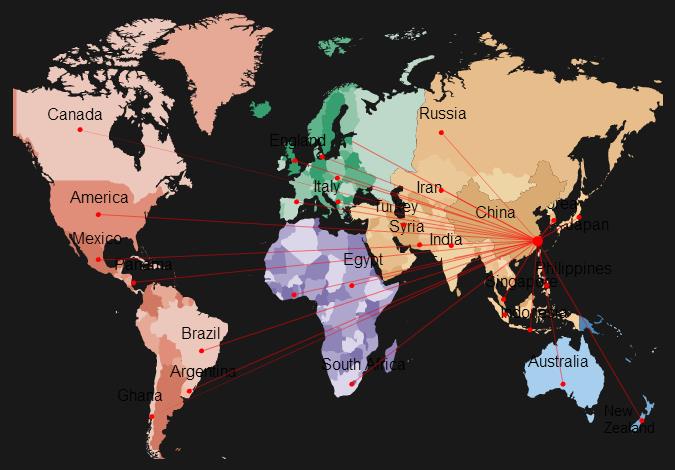MDF (Medium Density Fiberboard) Guide / FAQ I
What does MDF stand for?
Medium Density Fiberboard.
What is MDF?
MDF belongs to the hardboard family of products which are made from wood fibers glued under heat and pressure. Medium Density Fiberboard typically has densities between 33 and 50 pounds per cubic feet while High Density Fiberboard (HDF) ranges between 50 and 80 pounds per cubic feet. Hardboard was first produced in 1924 by W. H. Mason, founder of Masonite Corp. The term Masonite is therefore often used to denote hardboard products, especially HDF.
Physical and dimensional tolerances for MDF are specified in ANSI A208.2-1986
What properties does MDF exhibit?
MDF has many qualities that make it an ideal replacement for plywood or particle board. It is dense, flat, stiff, has no knots and is easily machined. Its fine particles provide dimensional stability without a predominant “grain” (as is the case with lumber). Unlike most plywoods, MDF contains no voids, and will deliver sharp edges with no tearout. MDF is very well damped acoustically thus making it an ideal material for speaker enclosures.
Below are some metrics for MDF and other types of wood. As you can see, MDF is very dense and heavy, but is not as stiff as other types of wood which is why bracing is suggested.
| Wood | Modulus of Elasticity (in million pounds per square inch) |
density (in pounds per cubic feet) |
weight of 4×8 sheet 1/2″ thick (in pounds) |
|---|---|---|---|
| MDF | 0.53 | 48 | 75-85 |
| Oak | 1.55 | 38 | 60-70 |
| Pine | 1.3 | 29 | 45-50 |
| Plywood | 1.2 | 33 | 45-55 |
The modulus of elasticity (MOE), also called Young’s modulus, is the ratio of stress to strain, where stress is the force per unit area placed on the item and strain is the deformation caused by the stress. The MOE is therefore a measure of stiffness.
What does MDF look like?
Here is an image of a birch veneered MDF board on top and for contrast an image of veneered particle board below. Notice the much larger and obvious particles in the particle board.
Previous:Paperboard



